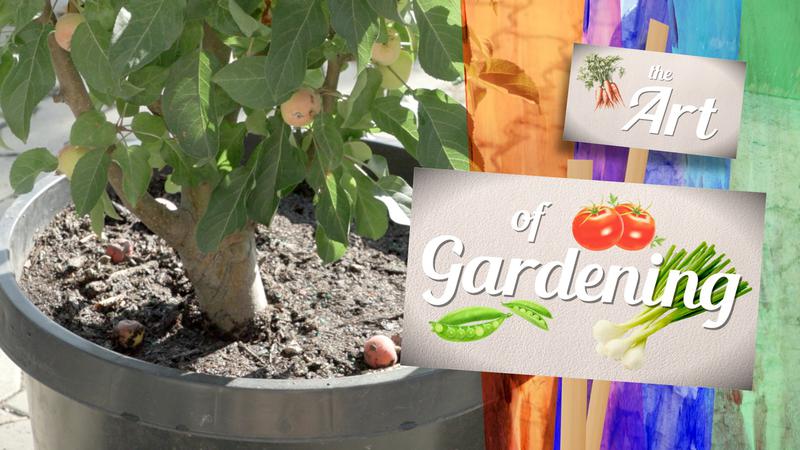
What’s in a name? How Canada’s national birthday as we know it came to be
Many hail July 1 as Canada Day, others may hearken back to when the nation’s birthday was labelled Dominion Day, and some may wish to ignore it altogether, just like those who refused to celebrate the country’s founding for the first dozen years of its existence.
No matter the approach, the official celebrations of Canada’s creation are arguably more controversial than many realize.
Matthew Hayday, a University of Guelph history professor who has studied the celebrations through the years, said squabbles over Canada’s birthday became mired in some of the hottest political issues in the country’s history and mirrored efforts to carve out a distinct national identity.
“Canada Day … is part of a broader continuum of symbolic ways in which our national identity is presented,” he said. “It’s this long-simmering controversy that has attracted interest, and where people care about it, they can care quite passionately.”


